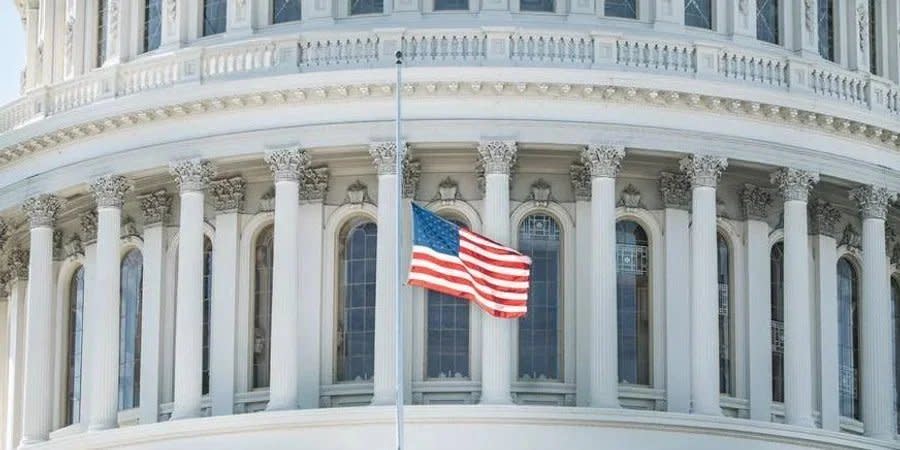US proposes issuing $50 billion in bonds for Ukraine from selling frozen Russian assets

- Oops!Something went wrong.Please try again later.
The United States has proposed issuing $50 billion in bonds, created from the proceeds of selling frozen Russian assets, to help Ukraine, business news outlet Bloomberg News reported on March 21.
Read also: Russian assets that can be used for Ukraine's needs. Where are they, and how much are there?
The U.S. put this idea forward to the members of the Group of 7 nations, though Bloomberg reports that negotiations on the matter are just beginning. Some G7 members, including Germany and France, are not fully onboard with the plan, a Bloomberg source told the publication.
Some EU countries are pushing for even more drastic measures to be taken with frozen Russian assets in the West – Estonia in particular has recommended confiscating the assets entirely.
On Jan. 29, EU ambassadors agreed on a proposal to use profits from Russian frozen assets in the EU to support Ukraine's recovery.
On Feb. 12, the EU Council approved a resolution that allows using the profits generated by frozen Russian assets to help Ukraine.
Read also: EU discloses amount of frozen Russian assets slated for allocation to Ukraine
President of Ukraine Volodymyr Zelenskyy has stated that the framework for decisions needed to transfer frozen Russian assets to Ukraine are already being prepared.
About $300 billion in frozen Russian assets are estimated to be held by EU and U.S. banks.
On March 13, Polish Prime Minister Donald Tusk said that there are frozen assets that can ensure Ukraine's victory over the aggressor, but they are in no hurry to transfer them to the Ukrainian side.
We’re bringing the voice of Ukraine to the world. Support us with a one-time donation, or become a Patron!
Read the original article on The New Voice of Ukraine

